Denemek ALTIN - Özgür
The Polyvagal Theory
HQ magazine
|December/January 2021
Things are never as simple as they seem…

The Polyvagal Theory is making waves in the horsemanship world, and rightfully so. It is excellently explained in detail by trauma psychotherapist Sarah Schlote of EQUUSOMA (and embraced by renowned horseman Warwick Schiller in his work).
This article, however, serves just to provide a brief overview of the concepts. If you would like to read about them in more detail, we would suggest you check out Sarah Schlote’s article[1], or look at some of Warwick Schiller’s freely available YouTube videos on the subject.
WHAT IS THE THEORY?
Neuroscientist Dr Stephen Porges introduced the Polyvagal Theory in 1994, which proposed that the autonomic nervous system (ANS) has three branches, as opposed to the widely known two-branch model. The two-branch model divides the ANS into the sympathetic nervous system (SNS), which is associated with sympathetic activation or ‘fight or flight’, and the parasympathetic nervous system (PNS), which is associated with parasympathetic activation or ‘rest and digest’.
These two systems are understood to work in opposition, where only one can be ‘on’ at a time. This two-branch model was probably the one you were taught in school.
Bu hikaye HQ magazine dergisinin December/January 2021 baskısından alınmıştır.
Binlerce özenle seçilmiş premium hikayeye ve 9.000'den fazla dergi ve gazeteye erişmek için Magzter GOLD'a abone olun.
Zaten abone misiniz? Oturum aç
HQ magazine'den DAHA FAZLA HİKAYE
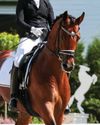
HQ magazine
The Science Behind Tapering
The science behind tapering
5 mins
Issue 155
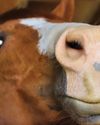
HQ magazine
Horse Treats
The ultimate guide
5 mins
Issue 155
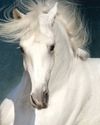
HQ magazine
Horsey Hair Care
Tips and tricks for a healthy mane and tail
5 mins
Issue 155
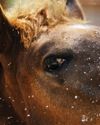
HQ magazine
Horsey Hydration- The Importance Of Water In Winter
The importance of water in winter
4 mins
Issue 155

HQ magazine
A Horseback Safari
Abelana Game Reserve
6 mins
Issue 155

HQ magazine
The Psychology Of Riding Performance
Intrinsic motivation, part 7
7 mins
Issue 155
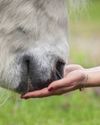
HQ magazine
10 Best Life Lessons From Horses
Life lessons from our horses
4 mins
Issue 155
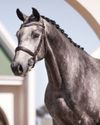
HQ magazine
Breaking New Ground
The evolution of the Callaho Online Auction
5 mins
Issue 155
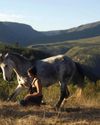
HQ magazine
Horse Psychology 101
Part 3: The horse's cognitive abilities
9 mins
Issue 155
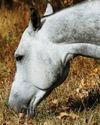
HQ magazine
Colic Part 1
An owner’s worst nightmare
7 mins
Issue 155
Translate
Change font size
